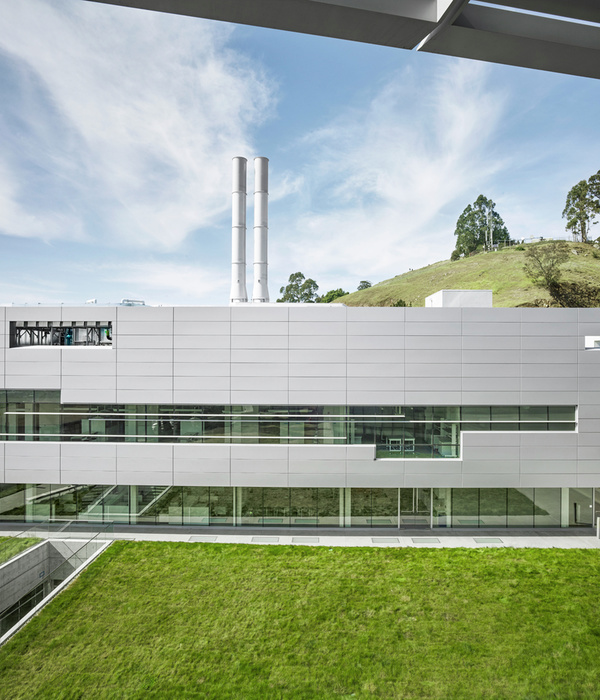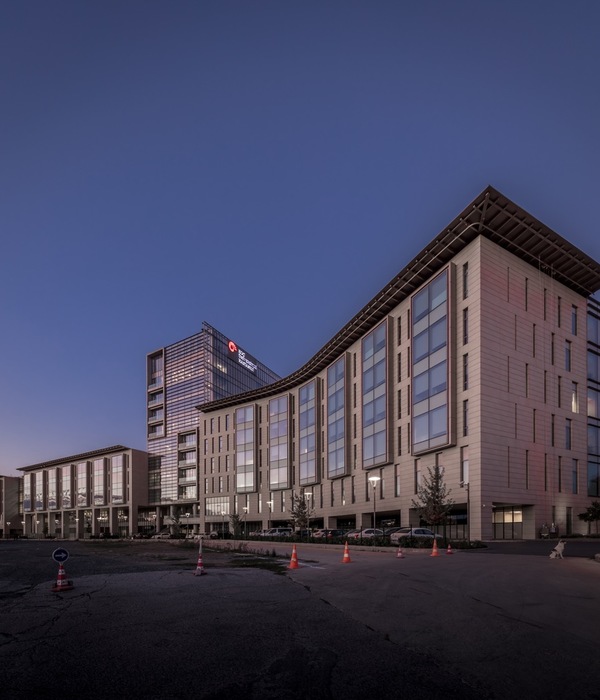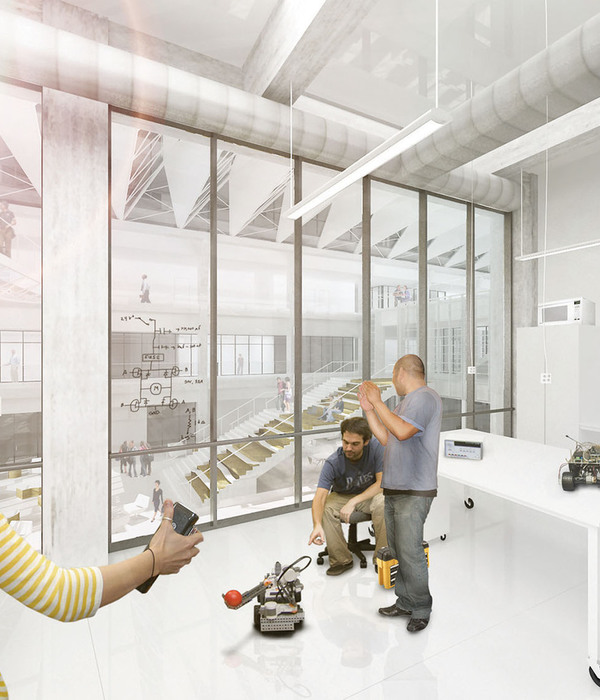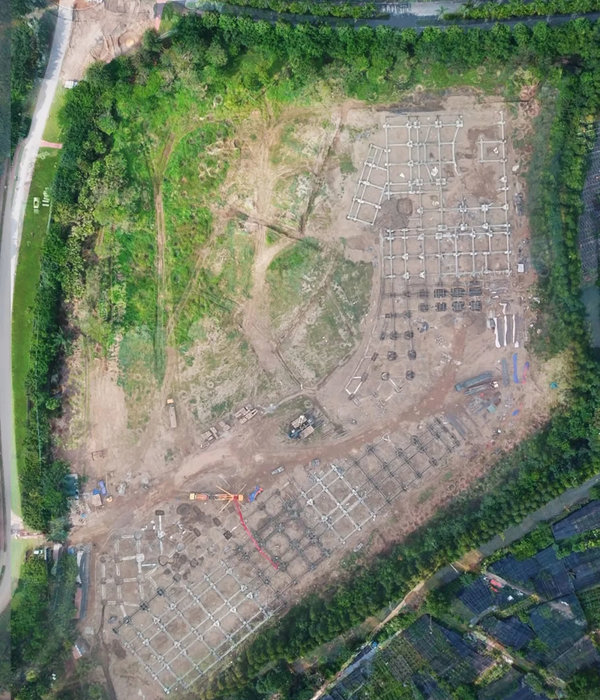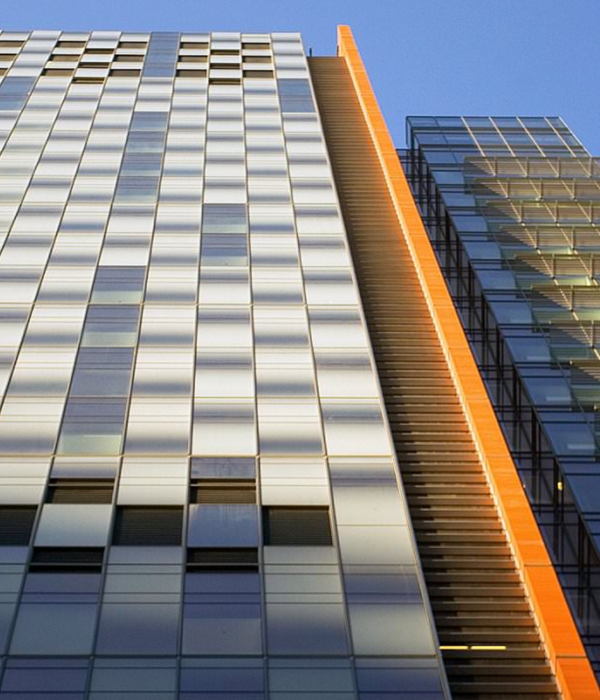Architects:Taller Architects, taller de arquitectura de bogotá
Area :26174 m²
Year :2019
Photographs :Alejandro Arango
Lead Architects :Daniel Bonilla , Marcela Albornoz, Pablo Forero, Julián Restrepo
Architects : Daniel Bonilla, Marcela Albornoz, Pablo Forero, Julian Restrepo, Alexander Roa, Juan Camilo Brito, Juan Rubio, Cesar Grisales, Ixa Bachman
Team : Alexander Roa, Juan Camilo Brito, Fabian Luna, Paolo Ronchi
Interns : Manuela Orozco, Juan Esteban Canal, Gabriela Barreto, Angelica Ruiz
Design Management : Gutierrez Diaz y Cia S.A
Construction Management : Payc S.A.S.
Construction Audit : Ingetec S.A - Gutierrez Diaz
Structural Design : P&P proyectos S.A.S.
Budget : Payc S.A.S.
Soil Study : Alfonso Uribe S y Cia S.A.
Electric Design : Intgecnology S.A.S.
Hydrosanitary Design : Plinco S.A.
Structured Cabling : Intgecnology S.A.S.
Acoustic Design : Acustica, Diseño y tegnologia S.A.S. - Arq. Daniel Duplat
Bioclimatic Consulting : Natural Cooling S.A.S., - Arq. Agustín Adarve
Lighting Design : ClaroOscuro Lighting Design S.A.S.
Landscaping : Paisaje Urbano
City : Bogota
Country : Colombia
The proposed building is the first stage of a series of recommended interventions within the master plan proposal developed earlier for the University. The project was based on an urban premise that intended to improve the interaction of the university's campus with the immediate surroundings. As a result, a public square that defines the main connectivity axis was envisioned, to articulate not only the proposed building, but also the rest of the campus inscribed within the urban block, and the city.
The composition was developed with three volumes, two of them achieved the maximum height allowed; while the third one, inscribed within the others and also receded from the title´s boundary, opened up the space to generate the public square that defines the access from the street (Carrera 5ta).
In addition, the two taller volumes were envisioned with a platform/tower strategy, where the platform holds commercial uses, in order to grant greater interactions with urban life, and some collective uses from the programmatic requirements. The central volume of the composition known as the “vertical campus”, was envisioned as the nucleus of the university´s life, singular and distinctive. The typology for the “vertical campus” was developed as a strategy to multiply the open/collective space on several levels.
Finally, in order to grant construction quality and also stability, timeless materials were introduced. The facades of the two similar volumes were composed of repetitive openings formed by vertical precast concrete elements, while the “vertical campus” facade was defined as translucent in contrast, with a visible metallic structure. The transparency of the central volume creates the lighthouse effect, lighting the surroundings from the inside out.
▼项目更多图片
{{item.text_origin}}





